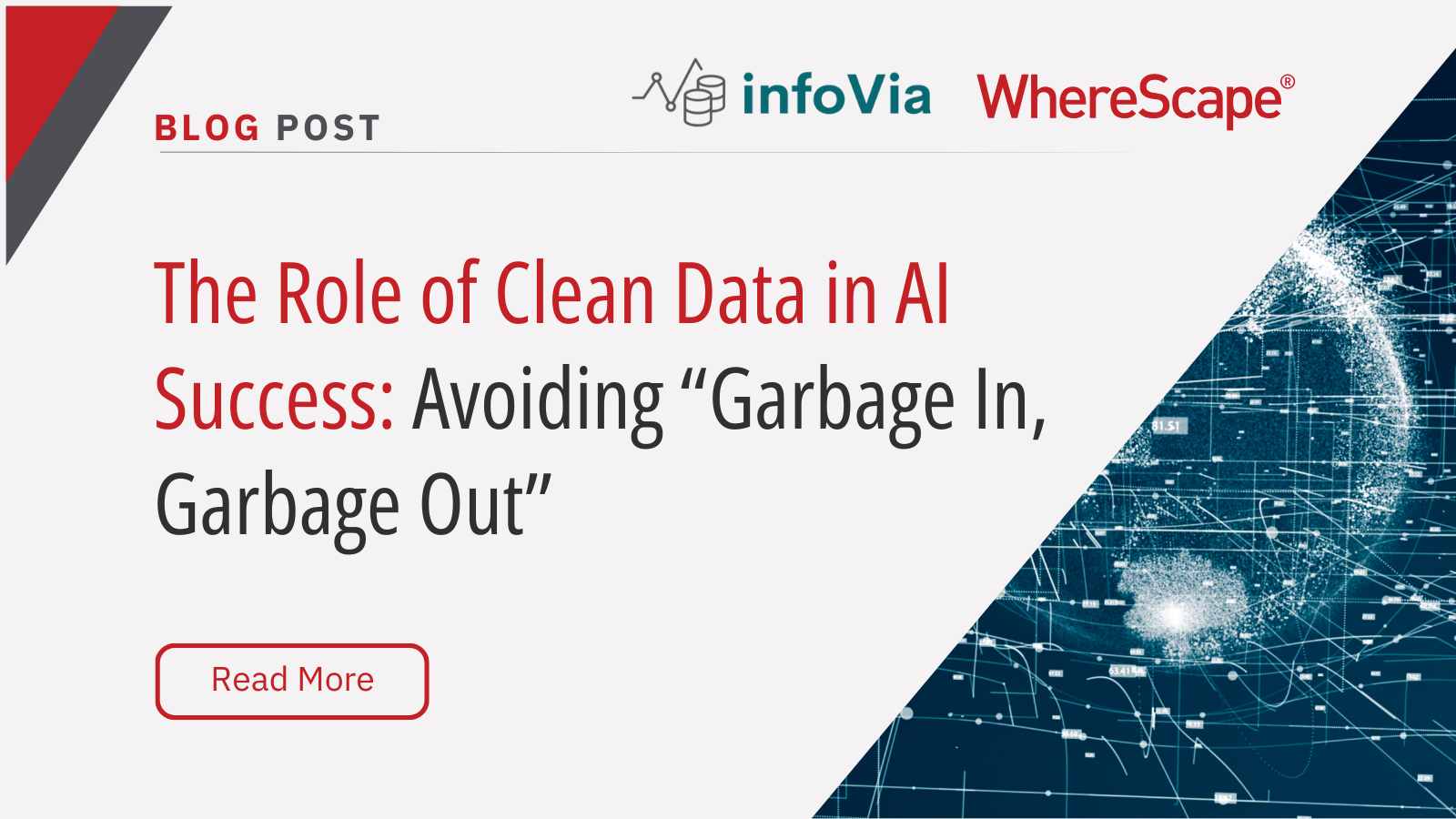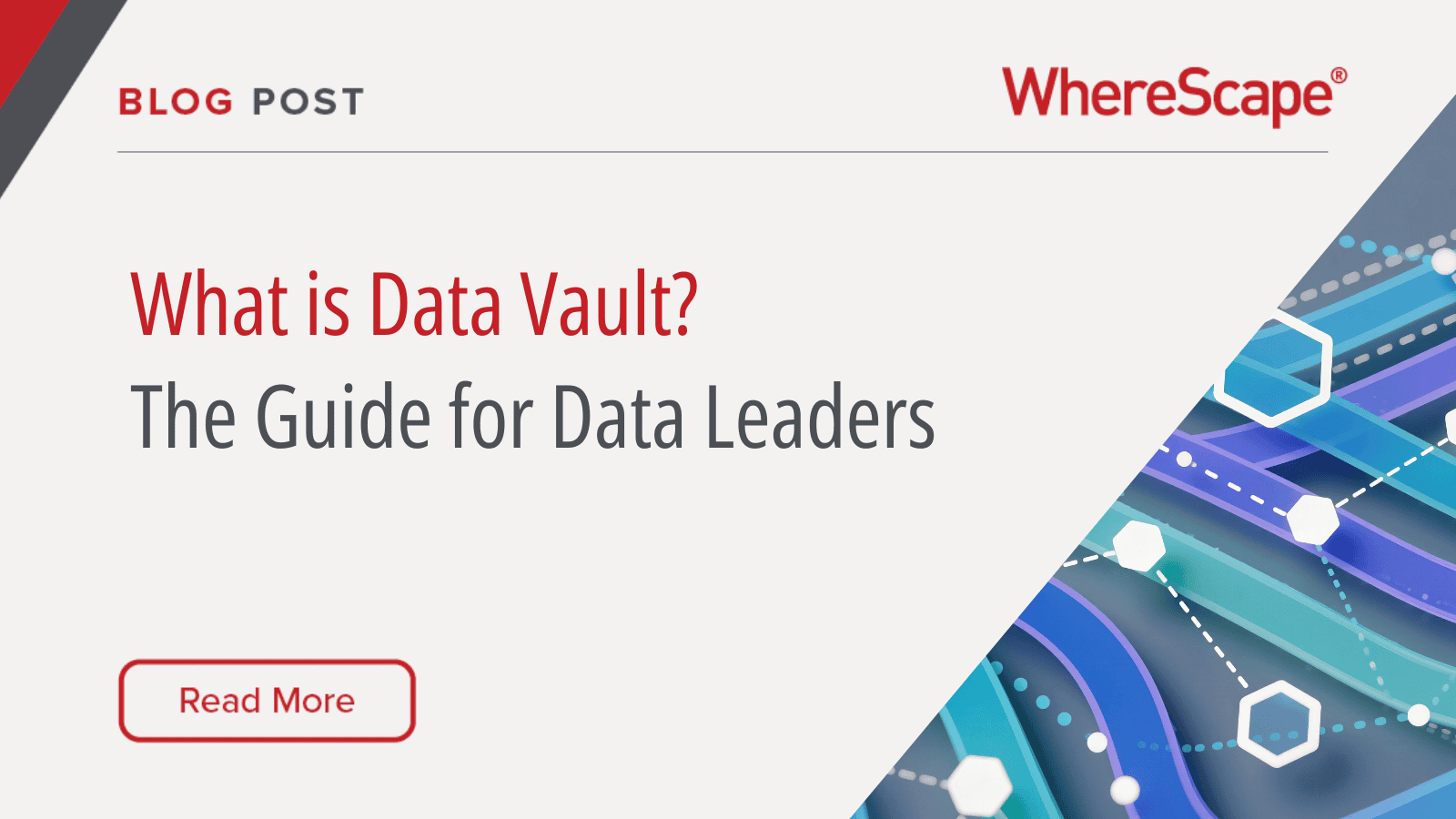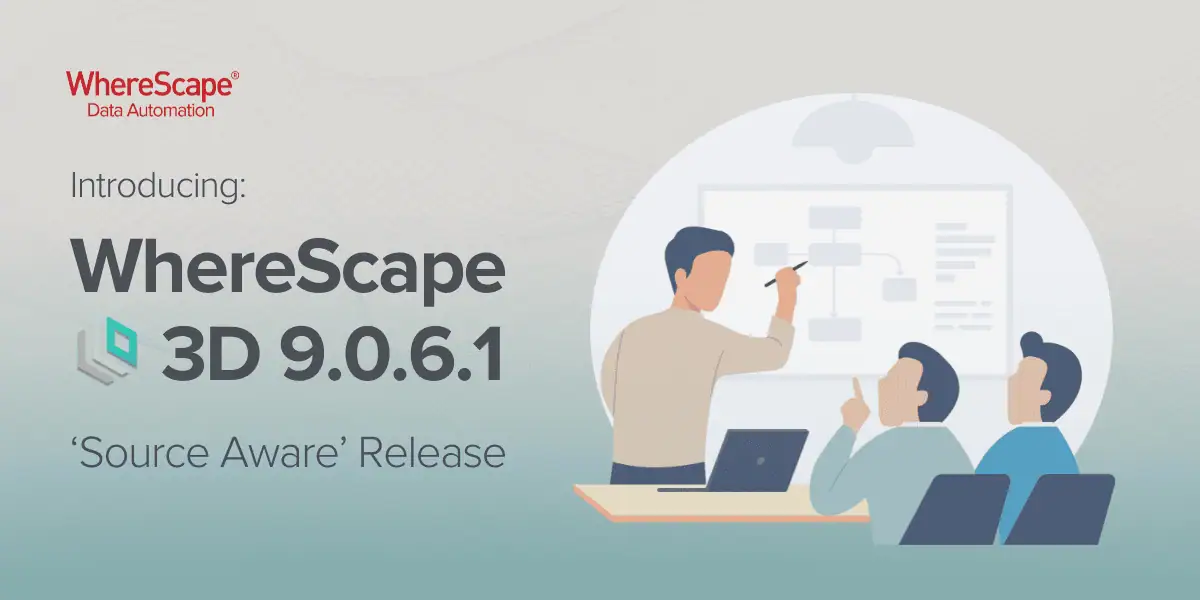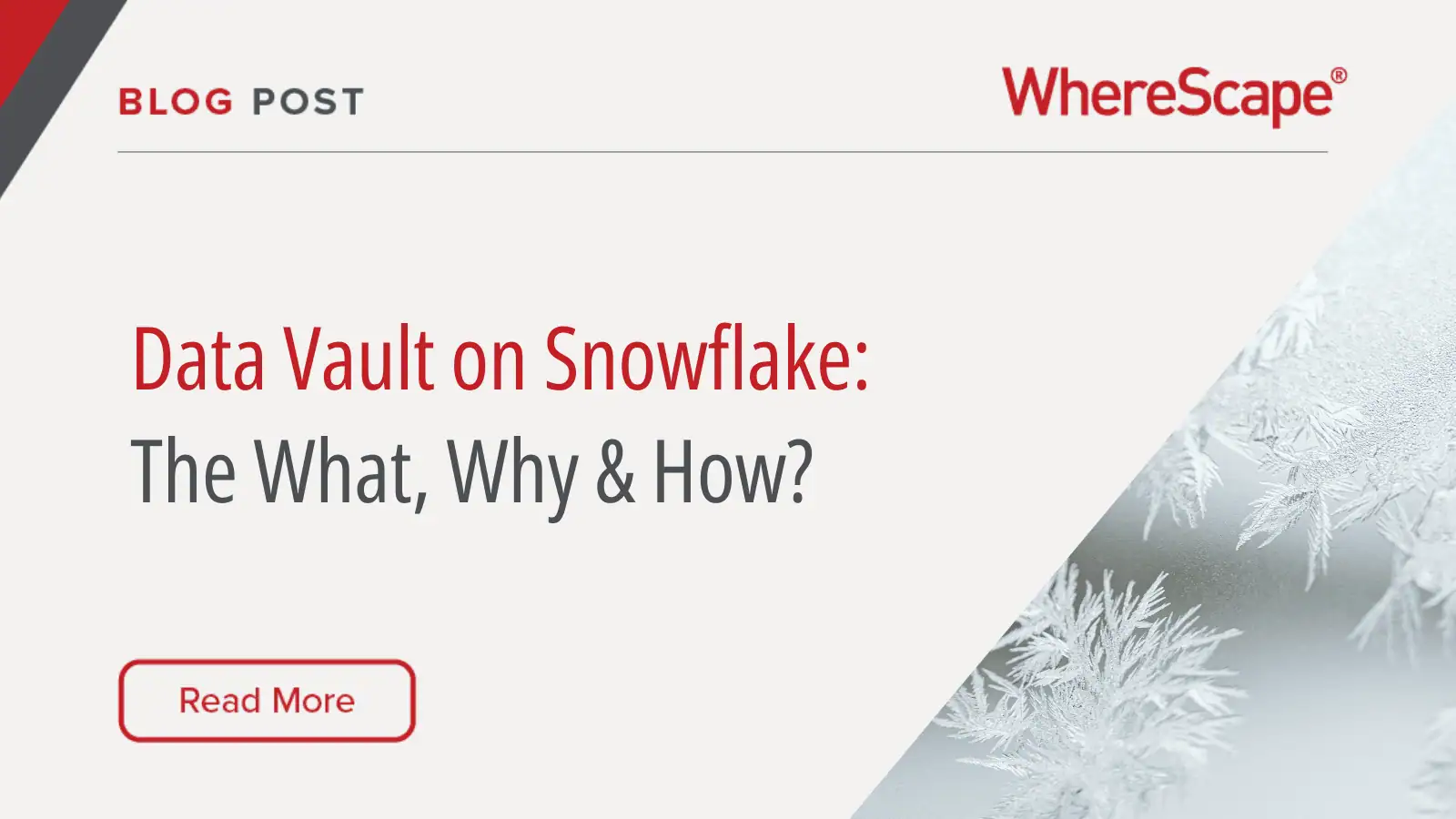Co-authored by infoVia and WhereScape
Artificial Intelligence (AI) is transforming industries across the globe, enabling organizations to uncover insights, automate processes, and make smarter decisions. However, one universal truth remains: the effectiveness of any AI system is only as good as the quality of the data powering it. This is where the principle of “garbage in, garbage out” becomes critically important.
In today’s data-driven world, ensuring your AI models are trained on clean, reliable, and accurate data isn’t just a best practice—it’s essential for success.
Why Clean Data Matters for AI
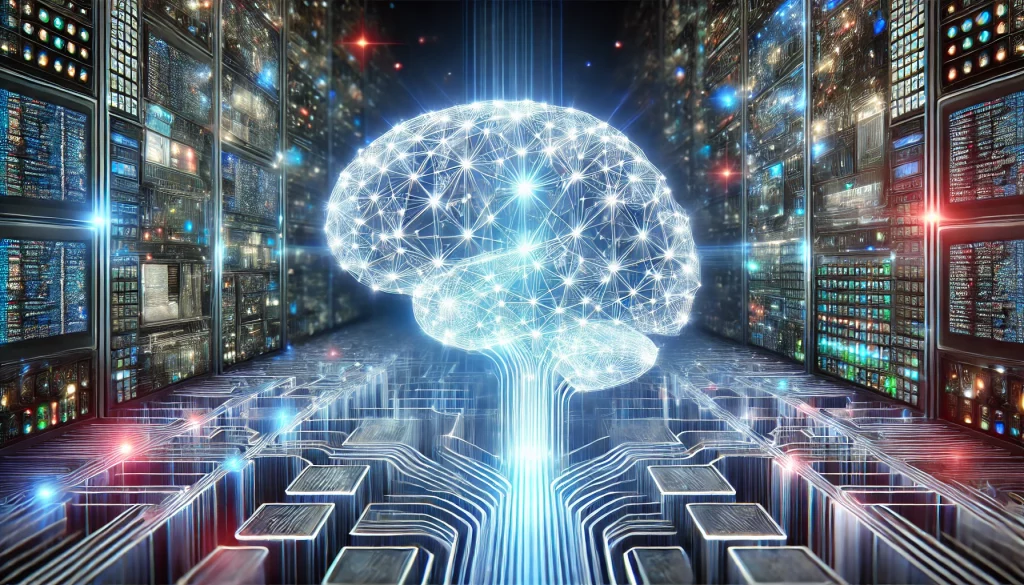
AI thrives on data. The more comprehensive and accurate the dataset, the better the outcomes. Conversely, poor-quality data—full of inaccuracies, duplicates, or incomplete records—can lead to flawed insights and unreliable predictions, ultimately costing time, money, and trust.
For organizations leveraging AI, clean data acts as the foundation for robust analytics and decision-making. Without it, even the most sophisticated AI models risk perpetuating errors or reinforcing biases hidden within unstructured or unclean data.
WhereScape’s Role in the Clean Data Journey
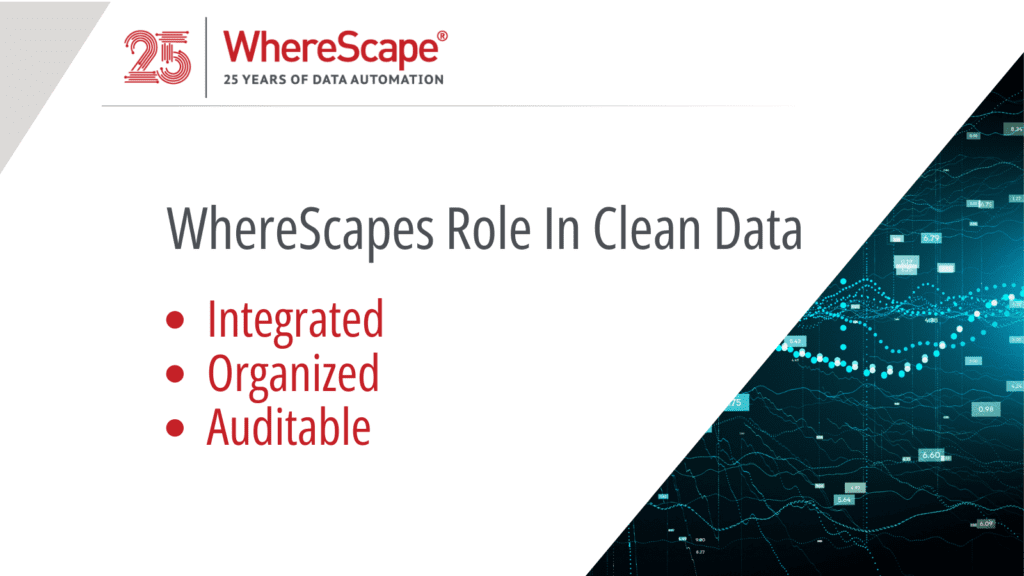
WhereScape’s data automation platform plays a critical role in enabling successful AI initiatives. By streamlining the development and management of data warehouses, we help organizations centralize, structure, and standardize their data.
WhereScape’s metadata-driven approach ensures that your data is:
- Integrated: Bringing together data from multiple sources while maintaining consistency.
- Organized: Structured for seamless analysis and reporting.
- Auditable: Providing visibility into data lineage and transformation.
This clean, well-documented data environment is the springboard for AI models to function effectively, driving actionable insights without the risk of “garbage in, garbage out.”
infoVia’s Expertise in AI
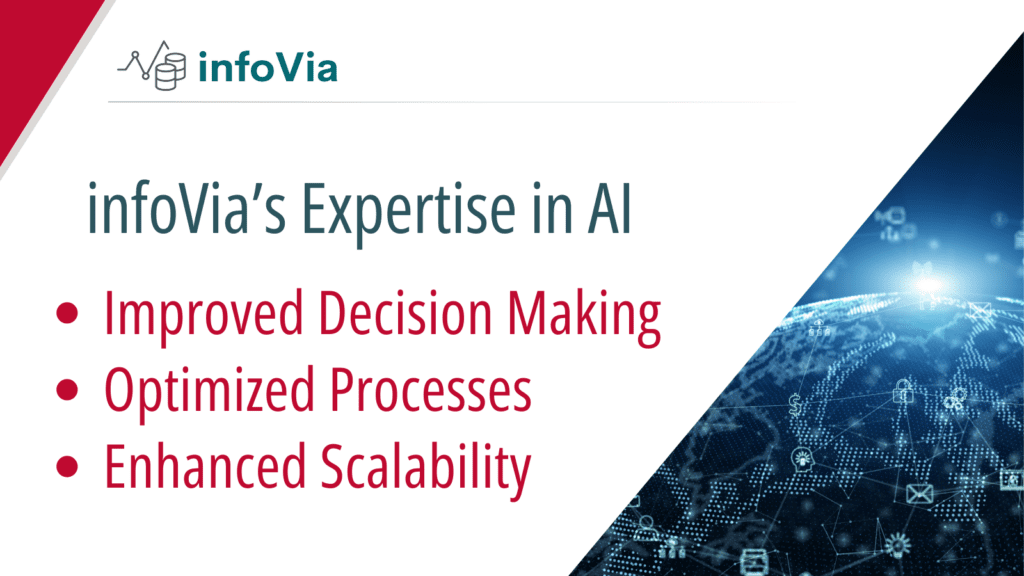
One of WhereScape’s top partners, infoVia, brings expertise in developing cutting-edge AI solutions that harness the power of clean data to solve real-world challenges. Their AI-driven tools are designed to analyze, predict, and optimize operations, but they rely on high-quality data pipelines as a critical input.
When paired with WhereScape’s ability to deliver clean, accurate data at scale, infoVia’s AI solutions can help organizations achieve:
- Improved decision-making: Based on reliable and actionable insights.
- Optimized processes: With AI models designed to identify and eliminate inefficiencies.
- Enhanced scalability: Enabling AI systems to evolve alongside growing datasets.
Unlocking AI’s True Potential
By combining infoVia’s AI expertise with WhereScape’s data automation capabilities, organizations can create an end-to-end ecosystem where data and AI work together seamlessly. This partnership enables businesses to innovate, adapt, and thrive in today’s fast-paced landscape.
In the age of AI, clean data isn’t optional for accurate outcomes—it’s a necessity. Together, WhereScape and infoVia are empowering organizations to build their AI initiatives on a foundation of trust, quality, and reliability.

